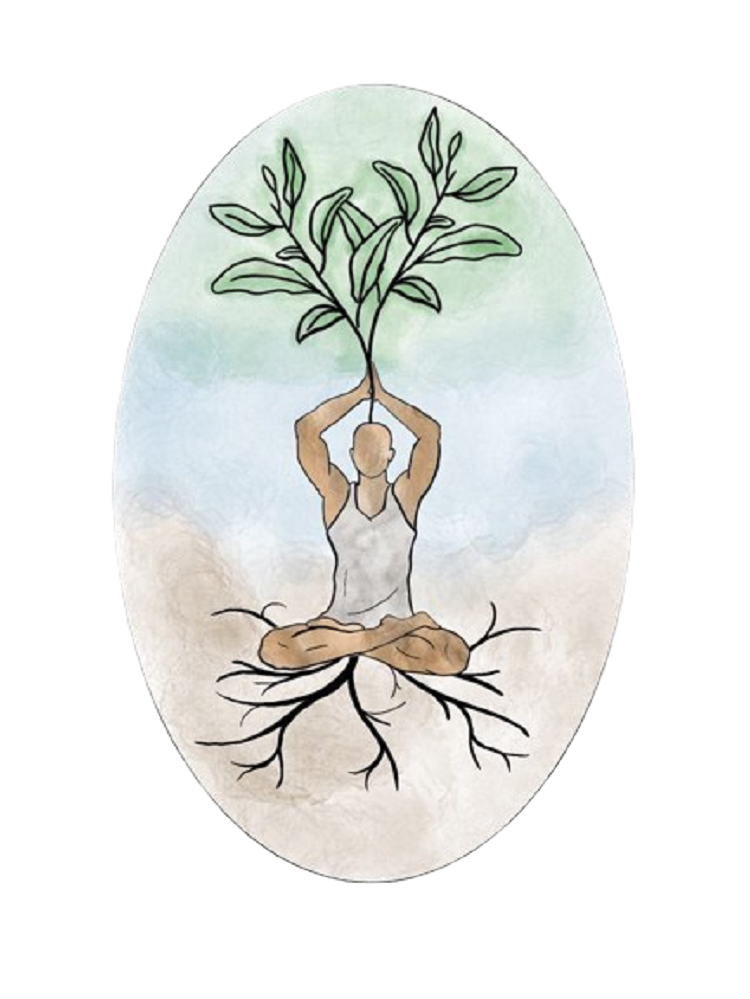Trusting the Body—The Real Beginning of Healing
Before The Body Softens, It Must Feel Safe
One thing I’ve learned in my years of working with the body is this: healing doesn’t begin when I touch a muscle—it begins when the body starts to trust me.
We’re so used to living in our heads, making sense of things with logic, thinking our way through stress, pain, or trauma. But the body? It doesn’t speak that language. The body speaks in sensation, memory, tension, rhythm—and it carries the weight of every experience we didn’t fully get to process.
So when someone steps into my space for a session, I’m not just meeting a body—I’m meeting a whole person. Their nervous system, their breath patterns, their posture, their energy. I’m meeting their stories, even the ones they haven’t told out loud.
That’s why how I begin each session matters.
Before I do any work on the physical level, I want the body to feel safe. I want the mind to settle. I want the soul to recognize this as a place where it doesn’t have to be on guard.
Sometimes I’ll say something simple, like:
“There’s nothing you have to do right now. Nothing to hold up. This space is for you to soften and receive.”
Or I’ll start with grounding touch at the feet, gentle stillness, or breath cues to let the body know: I’m not here to force anything—I’m here to listen.
And something shifts.
You can feel when a client starts to drop in. The tension in their jaw eases. Their breath deepens. The nervous system starts to unwind. That’s when the real work begins—not just softening muscles, but helping the whole being feel seen, safe, and supported.
For me, that’s what this work is about.
It’s not just about fixing pain.
It’s about helping people reconnect to themselves—one breath, one layer, one release at a time.
So if you’re coming in for a session, know this:
You don’t have to be anything but you.
Your body already knows how to relax—it just needs the right conditions to feel safe enough to do it.
And I’m here to help hold that space for you.
Ready to experience whole-being healing? Book your session or read more at the link below.
—
Written by David Ferrarini, LMT, Pain & Postural Specialist | MyoSàge Wellness L.L.C. 5-2-2025
Scientific & Professional References
- Stephen Porges, Ph.D. – Polyvagal Theory
- Core Idea: The nervous system constantly scans for safety (neuroception), and a sense of safety is foundational for healing and regulation.
- Key Quote: “Safety is critical. If the body doesn’t feel safe, it won’t relax. It won’t heal.”
- Reference: Porges, S. W. (2011). The Polyvagal Theory: Neurophysiological Foundations of Emotions, Attachment, Communication, and Self-regulation. W. W. Norton & Company.
- Bessel van der Kolk, M.D. – Trauma and the Body
- Core Idea: The body holds onto trauma and stress patterns, and healing involves reconnecting with the body in a safe, supportive way.
- Key Quote: “The body keeps the score.”
- Reference: van der Kolk, B. (2014). The Body Keeps the Score: Brain, Mind, and Body in the Healing of Trauma. Penguin Books.
- Peter Levine, Ph.D. – Somatic Experiencing
- Core Idea: Trauma is stored in the body and must be released through safe, titrated experiences that help the nervous system return to balance.
- Reference: Levine, P. A. (2010). In an Unspoken Voice: How the Body Releases Trauma and Restores Goodness. North Atlantic Books.
- Massage Therapy Foundation – Research Roundup
- Findings: Massage therapy has been shown to reduce cortisol levels, activate the parasympathetic nervous system, and improve body awareness, all of which require a baseline sense of safety.
- Reference: Massage Therapy Foundation. (n.d.). Research Roundup: The Physiological Effects of Massage.
- www.massagetherapyfoundation.org
Somatic and Energetic Perspectives
- Bonnie Bainbridge Cohen – Body-Mind Centering
- Core Idea: The body has its own intelligence and language. Deep change happens when practitioners approach with respectful, attuned presence.
- Reference: Cohen, B. B. (1993). Sensing, Feeling, and Action: The Experiential Anatomy of Body-Mind Centering. North Atlantic Books.
- Judith Blackstone – Realization Process
- Core Idea: Embodiment and subtle attunement help restore wholeness and healing.
- Reference: Blackstone, J. (2008). The Empathic Ground: Intersubjectivity and Nonduality in the Psychotherapeutic Process. SUNY Press.
